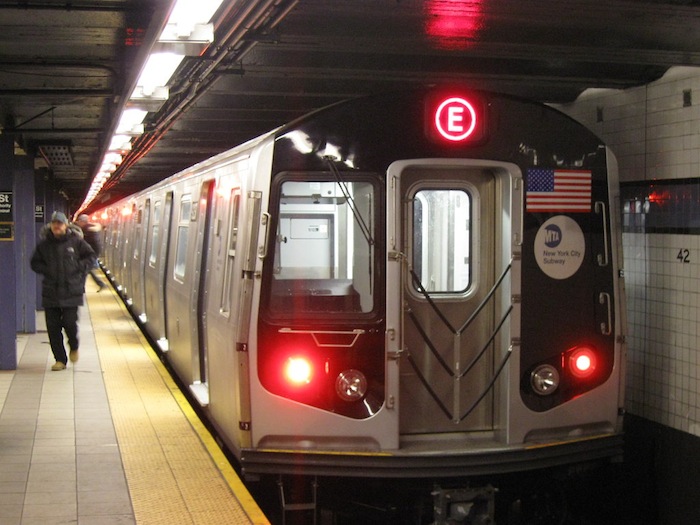Public transportation ridership rose 37 percent from 1995 to 2013, and it seems to be a concept that millennials want out of any city in which they put down roots. Since millennials will be the primary U.S. home buyers for the next two to five decades, it seems like a relatively important thing for cities to get a handle on this concept — although admittedly, it’s a challenge for most cities.
Quick story before we get into the meat of the idea here: I was at a conference in Vegas this August with a co-worker. He lives in Seattle. We go to a bar inside the Bellagio and he says to me, re: Seattle, “I don’t understand how a city can be so progressive with gay rights, marijuana, minimum wage and all the rest — and can’t figure out how to fucking move people from A to B in a reputable, public way.” Amen.
Here’s a new article from CityLab summarizing a University of Minnesota study “Access Across America: Transit 2014.” (Hey, I went there!)
The crux of the study is this:
- Take 46 large U.S. metros
- Rank them in terms of “How many jobs could a person access from 7am to 9am via public transportation?”
- Here’s the catch: this study takes into account the lifecycle of using public transportation — i.e. walking to the stop, boarding, getting off, walking to work, etc.
The top 10 is pretty basic, and what you’d logically expect:
- New York
- San Francisco
- Los Angeles
- Washington, D.C.
- Chicago
- Boston
- Philadelphia
- Seattle
- Denver
- San Jose
There are a few surprises above, and we’ll get to that in a second. I would argue only New York, DC, and Chicago are real public transportation cities — San Francisco is pretty good, but I think most people there don’t love BART and the goddamn Google Bus situation is a fucking class war waiting to happen. Los Angeles? LOL. More on that in a moment. Seattle, Boston, Philly, Denver — those are cities with infrastructure, but maybe it’s not evolved yet to the point of really moving people from A to B.
Check out this chart:
That’s “accessible within 10 minutes.” This basically means “walking” or “one bus stop.” I don’t think there’s really anywhere you can hit a subway and get to work in 10 minutes (but maybe there is). New York is basically killing everyone in this category — which probably references the cluster of people that live in Manhattan. Boston is high too. These are all cities with, essentially, walkable urban cores. That’s why LA isn’t in the top five here.
Now check this one out:
That’s 60 minutes. Six times longer than the first chart — and if you had a 60-minute commute on public transportation, that’s 2 hours of your day getting to/from work (not ideal). New York still wins big, but look at No. 2 — Los Angeles. You can commute to work in LA; it’s just that it’s going to take somewhere between 10 minutes and 60 minutes — not somewhere between 10 and 20 (which is a more ideal commute for most people).
Should also be noted here, because this is always in play — the only “non-coastal” cities in the top 10 are Chicago and Denver. The future may shift away from the coastal hubs, but as long as they have good public transportation (which is what this study broadly is saying), younger people will be interested in moving there. You could probably do six of these cities — NYC, SF, DC, Chicago, Boston, Philadelphia — without a car. Some might be a stretch, but still.
I don’t know a ton about public transportation — although I do like BRT and Vancouver’s system as ideas — but I do know that it’s important, but also something that most cities here still can’t seem to get right.


